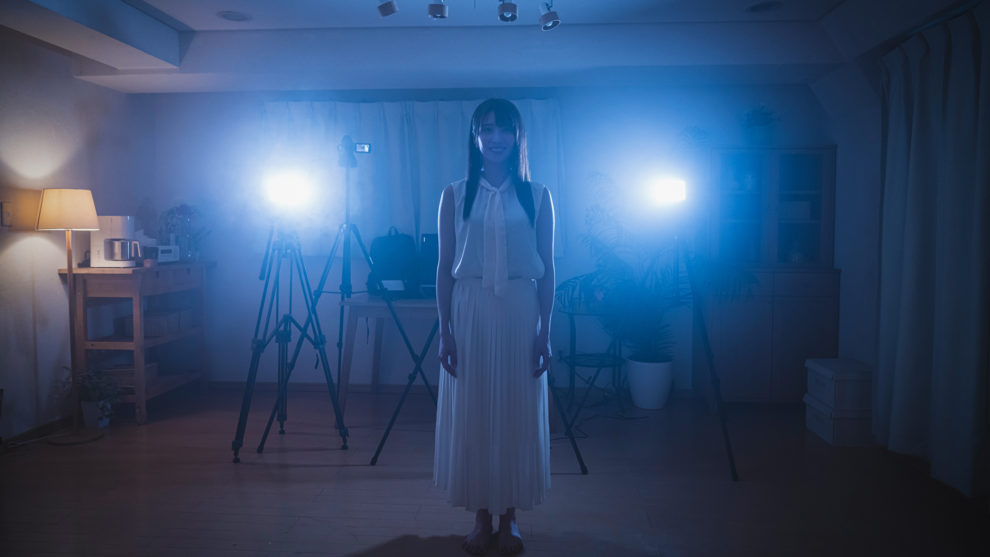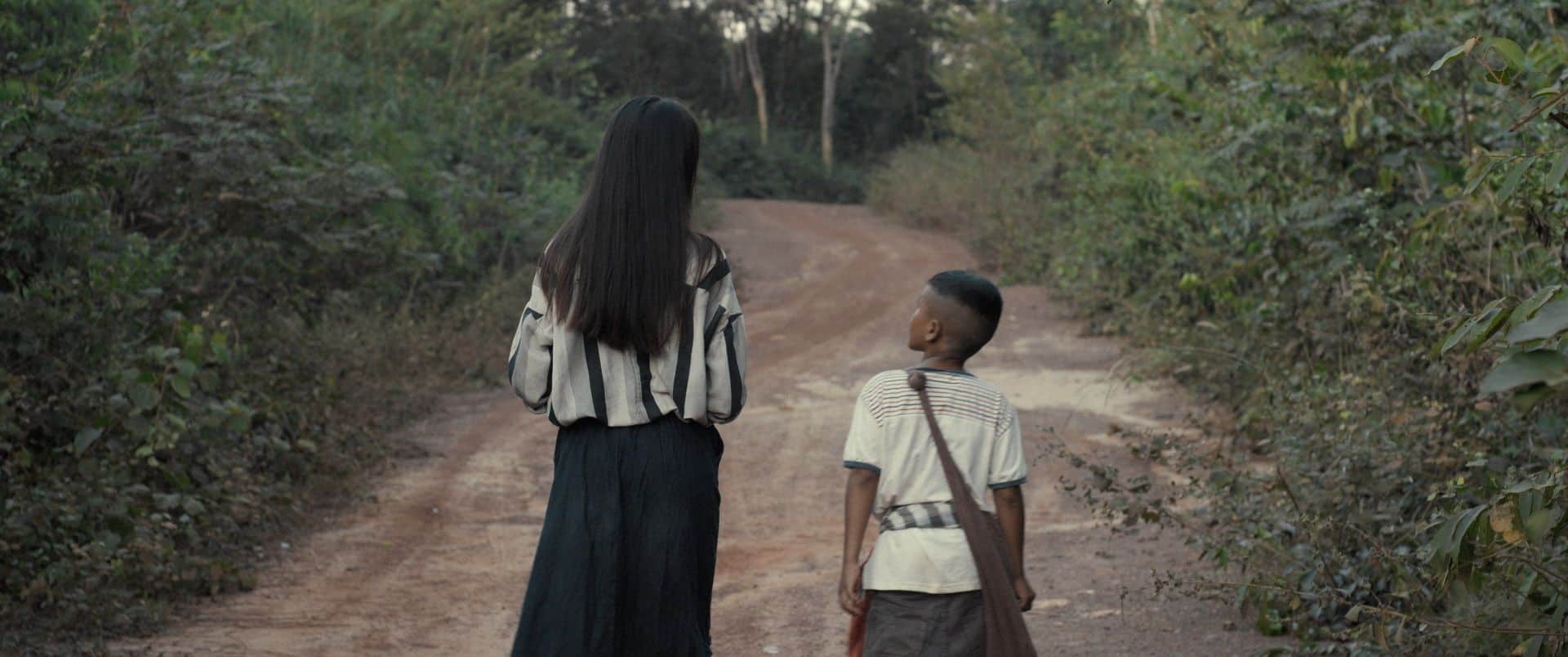The Japanese Pink Eiga industry, although at the moment is experiencing an extended period of decline, still produces titles, almost exclusively through OP Eiga, who also distributes films of the category. One of their latest, and quite impressive titles, is the present one, which combines the erotic with horror and intense social commentary.
Ayako Tachibana Wants to Go Viral is screening at International Film Festival Rotterdam

Ayako Tachibana and Keisuke are a seemingly loving couple, who have made a career by shooting videos of their everyday life on YouTube, from their meals, to her yoga exercises, to their anniversaries and everything between. Keisuke seems to be particularly full of himself, however, essentially being constantly in front of his phone's camera, even when he is in his office, where his tactics have actually made him even more successful, since his videos attract more clients. The only time the cameral switches off is when he is having sex with his colleagues, a tactic that he continues even after a number of them turn dead, with a newcomer this time, who seems to have a long distance erotic relationship with another woman, through her phone. The danger that lurks, however, becomes more and more intense, while Ayaka proves that she is not that naive.
Amane Sato directs a distinctly pink film, in terms of following all the rules of the genre, including the duration (72 minutes), the frequency of nude and sex scenes, and the overall budget, which is evidently quite low. At the same time, however, and on a narrative level, the movie is so much more, essentially reminding us of the golden age of pink eiga during the 60s and the 70s, where these movies used sex to talk about social topics while boasting rather high artistic level.
The most impressive part in that regard is the way Sato manages to present a relationship that looks cheerful and happy, but also making evident that something is wrong, through a number of subtle scenes, abrupt cuts, and a few words and gestures here and there. Furthermore, the way that violence, and eventually, the supernatural are embedded into the story is truly impressive, with the horror element working equally well with the erotic one. Although not exactly at the same level, I daresay that the approach is similar to Takashi Miike's in “Audition”, although in a more on-the-nose fashion in this case.
Talking about the erotic element, the scenes here are quite titillating, with the rather polished cinematography and the mostly saturated colors working quite well, while all actresses are particularly appealing and seem to know how to stand in front of the camera during those scenes, a trait that should also be attributed to Amane Sato and DP Atsushi Hashimoto's work. Regarding the latter's work, the many point-of-view shots highlight the fact that someone is recording almost constantly, while intensifying the sense of creepiness the frequently dominates the narrative.

Furthermore, the way this creepiness functions as the transition between the erotic and the horror is also implemented quite well, both through Sato/s own editing and Kohei Higashiyama's acting as Keisuke, who portrays the clownish, sexually voracious creep with a very fitting extravagance. Aika Yamagishi is also quite good in the titular role, with the transformation she exhibits as she becomes disillusioned about Keisuke, being excellently portrayed.
The element that makes the film truly stand out, however, is the presentation of the obsession with social media, and how the concept of exposure and being popular has come to dominate everyday life, that is essentially substituted by online living. At the same time, the comment that the ultimate purpose of all this exposure is sex, which is also presented as the driving force behind the majority of online activities, emerges as a very intriguing and even pragmatist one, in its perversion.
Of course, the film is not a social drama, and all the aforementioned elements are presented through a sleazy and frequently bloody hyperbole, while the element that dominates the narrative is definitely chaos. This chaos, however, is excellently implemented, resulting in a truly captivating film inside its messiness.
“Ayako Tachibana Wants to Go Viral” is an excellent film, probably the best pinku we have seen the latest years, and a testament to the fact that the particular industry may be in decline, but is definitely not dead yet.
















